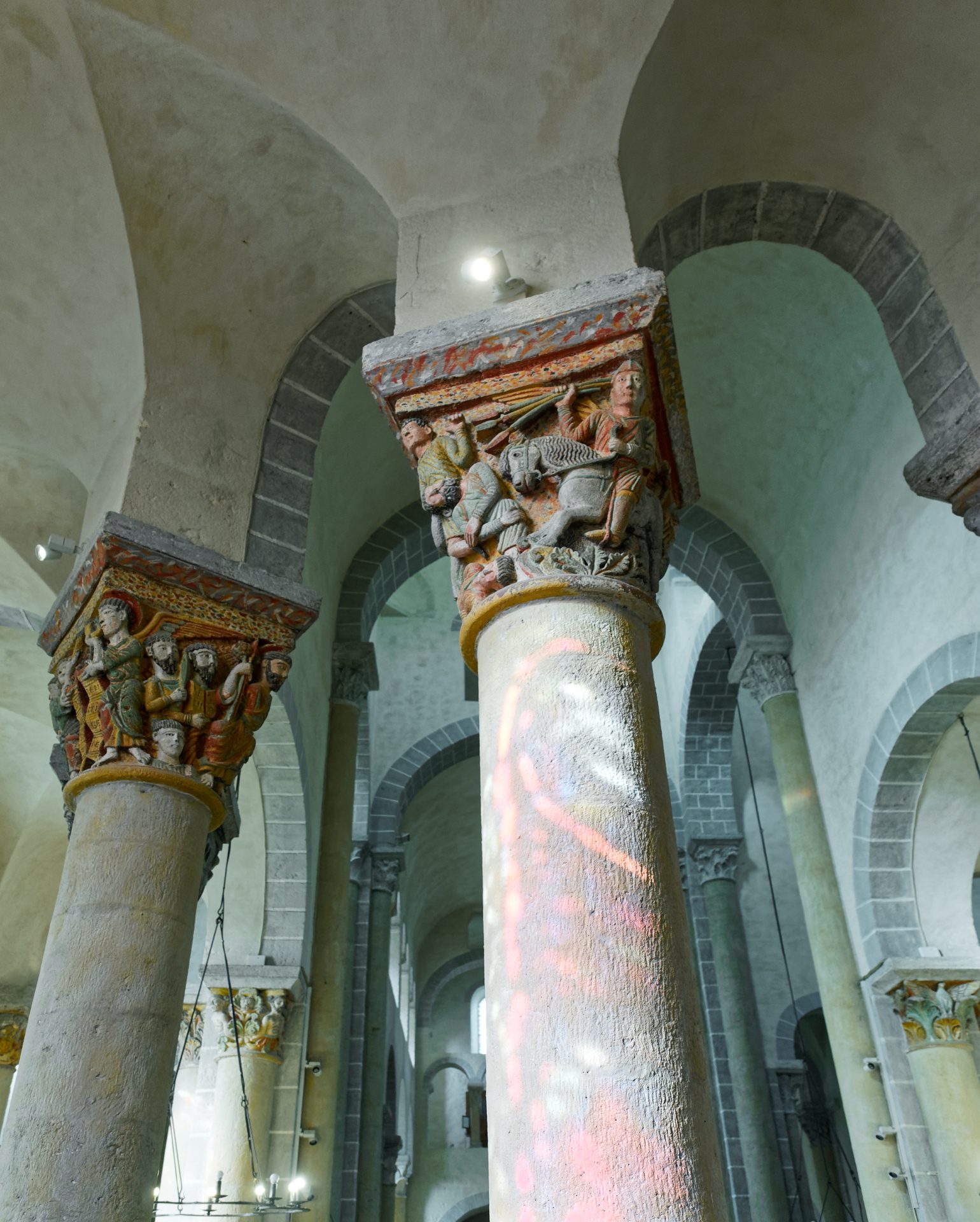Sommaire
The development of the image is finished. Let’s go back to the technical prerequisites automatically provided by PhotoLab that we have not presented.
The lenses correction
The correction of optical defects is the core business of the company DxO (*) well before it proposes its development software. It is an important element for the choice of PhotoLab because very often the beginner photographer has a modest material on which the improvements of the software do wonder.
The requirement is that the camera has been characterized in the DxO lab. Camera body or lens are not selectable independently.
However, PhotoLab is able to open a JPEG picture from any digital camera too.
It is interesting to get an overview of the work already done by temporarily unchecking the four corrections via the blue square to the left of the correction title.
– Sharpness of the lens in the Detail palette
– Chromatic aberration in the Detail palette
– Vignetting in the Light palette
– Distortion in the Geometry palette
A highlight of PhotoLab is that it activates these corrections by default with the starting preset.
(*) DxO has since been split into two companies; DxO Mark which characterizes the hardware and DxO Labs which develops and publishes software
The sharpness of the optics
The Unsharp mask (or increased sharpness) is a trick to sharpen the image. This characteristic of a camera lens is called the sharpness.
Consider a black shape on a white background, the border pixels should be either black or white. In fact there is a peripheral band degraded gray more or less important (a few pixels wide) which gives an impression of blur (It can be observed at very high magnification by zooming to 400% and more). The principle is to increase the speed of transition from one tone to another by strengthening the contrast between neighboring pixels.

PhotoLab performs this improvement automatically (Lens Sharpness adjustment) since it knows the performance of the lens used and the shooting conditions that it has deduced from the triplet: speed – aperture – ISO speed. It provides the user with a technically optimized image before any intervention.
With other software it is recommended to apply the enhancement at the end of the workflow because its application is radical and the parameters depend on the purpose of the image (mainly according to its definition).
Do not confuse the (technical) increase in sharpness, which concerns the fineness of details, with the creative enhancement of the image carried out with the MicroContrast setting, which consists of highlighting these details.
Finally, keep in mind that an image (or an area) that is blurred at the time of shooting remains so for ever.
The presets
Each preset gathers a set of corrections that will be applied to the image.
They meet different needs.
– To start processing a photo by integrating the basic corrections of the software from the start
– To allow the beginner to have an overview of the possibilities of the software
– To allow the familiar user to have a desired optimized result before any intervention
– To offer a starting point for creative treatments
– To allow users to save their personal recipes to apply them to photos of the same type or even to generalize their style
By default the “1- DxO Standard” preset is applied. The interest of the starting preset is to silently apply some basic corrections in a transparent way for users who discovers their already optimized photo.
This preset is very relevant. Little by little you will be able to adapt it to your liking but for the moment it is an excellent starting point.
Finally, it is important to understand that the proposed correction values are identical for all users but their scope differs according to the equipment used and the shooting parameters.
See the tutorial “Efficiency with PhotoLab – Presets“
The virtual copy
A virtual copy can be used as a snapshot in processing an image. It is thus possible to try different renderings from this point.
Then you can compare the different outcomes for choosing or use it as a point of return if you got lost in editing or if you are not satisfied.
You can go back to that point you decided as a snapshot.
We like to make a first softer version on processing and think about another version after some time.
Even though, of course, I rush to improve the photo, I often have a virtual copy with a modest rendering.
See the tutorial “Mastery of PhotoLab – Virtual Copies“
Calibrating your monitor

Before starting any action of correction you have to be sure of the continuity of the calibration of the digital flow; from the camera to the online or paper publishing.
The computer monitor is the most sensitive device to color drift. It must be calibrated to display the shades of contrasts and colors correctly and to allow their adjustment with good reason. However, it is necessary to be conscious that the difference of range (and price) between monitors is expressed by the capacity to present the saturated colors.
The display of the colors by the monitor drifts with time and the calibration is valid only for one level of lighting of the workstation. Frequent use of a colorimetric probe is essential.
The lighting of the room must vary little from one session to another. Avoid rooms with too much natural or colorful light.
See the tutorial in the Appendix “Screen calibration“
In the big league
Here we are. You’ve got the basics of digital photo development down pat.
Let’s recap the actions:
– Automatically apply the “1- DxO Standard” preset for the basic enhancement offered by PhotoLab
– Checking the temperature of the illuminant, White Balance
– Adjusting (if necessary) the exposure, Exposure compensation
– Checking the Smart Lighting action and/or Global Contrast adjustment
– Look at the result and come back, if necessary, to these three settings
– Acting on Selective Tone correction to give the image character.
This is the correction that offers the greatest latitude of action
– Activate (if necessary) the haze correction on a landscape, the ClearView
– Check the emphasis (automatically assigned) of the MicroContrast
This is the correction that will most strongly characterize the image
– Accentuate and adjust the colors
– Look at the result and come back, if necessary, to the Selective Tone correction mainly
– Choose the appropriate Noise Reduction mode
– Repair the geometry errors by checking the horizontality, and especially the verticality of the elements
– Cropping if necessary
– Reinforce the presence of the subject or blur the details that are too present with the Local Adjustments
– The image is developed, it must be exported to broadcast or print
We have only reviewed the main actions and some secondary options have not been presented.
You can continue learning about photo development and PhotoLab software by reading the tutorials “Efficiency with PhotoLab” and “Mastering DxO PhotoLab“.
To the next page of this tutorial
TuToDxO.com – All rights reserved – tous droits réservés.


